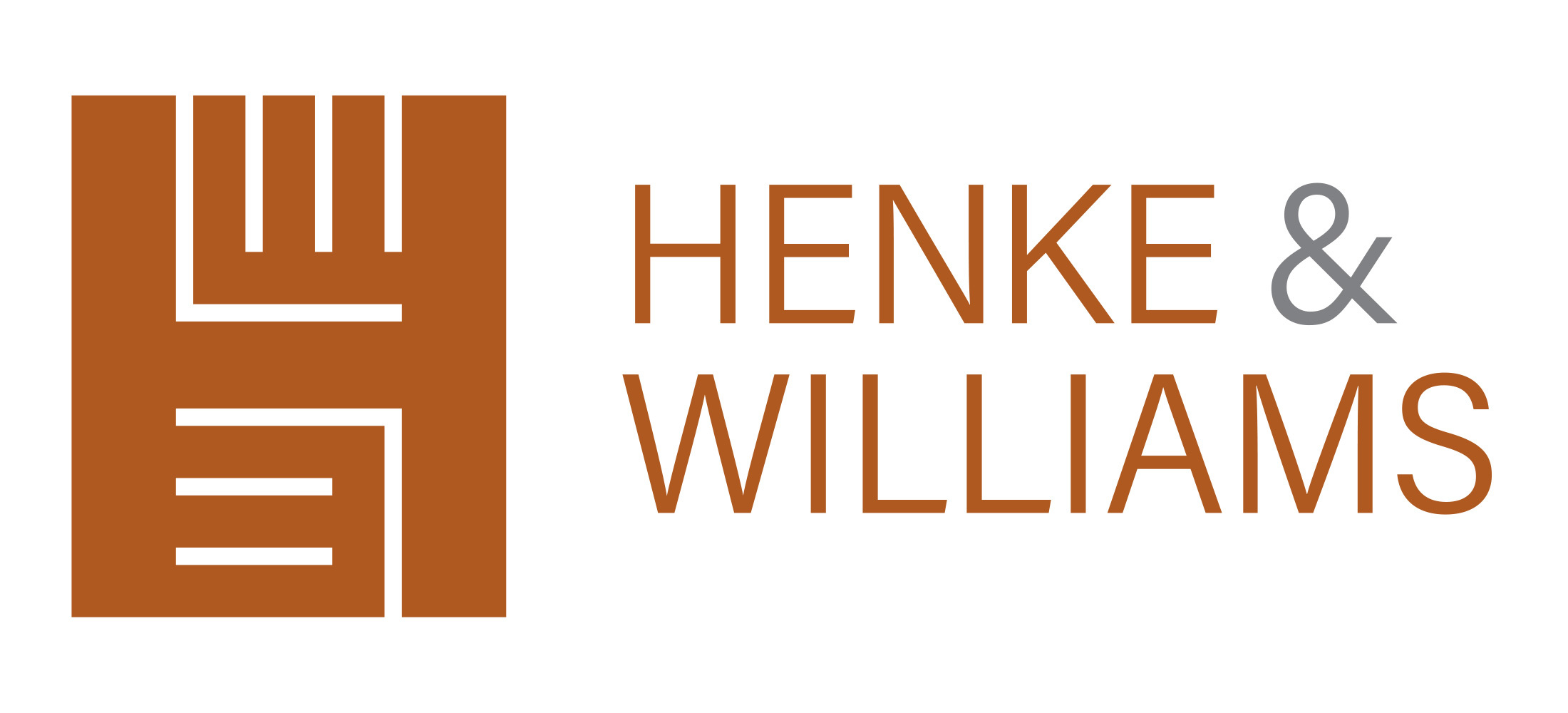If you are considering filing a construction litigation claim, you may be wondering what “negligence” means for your claim. Negligence is a legal term meaning a failure to use the care that a reasonable person would use under similar circumstances. In general, negligence litigation may arise when someone’s actions cause harm to another person.
To build a successful case, a plaintiff must show that the person committing the negligence breached a duty to the harmed person, and that breach caused the harm. In a construction context, negligence can arise when buildings are improperly constructed or safety standards are not followed. Breaking down the specific elements of negligence can help you understand how your construction litigation law firm will build your case or defense during litigation.
-
Duty
In general, parties involved in a construction project owe a duty of care to follow safety standards and regulations during the construction progress. Building companies may owe a duty to others regarding established professional construction standards or local building codes. Typically, experts are needed to testify as to these professional standards.
Contractors and subcontractors are held to the standard of any performance guarantees or contractual warranties in their contracts. Architects and engineers have a professional standard of care, meaning the care typically provided by architects and engineers practicing under similar circumstances. Moreover, other parties involved in a construction project, such as surveyors and project managers, may owe duties as well.
-
Breach
To show a breach, you must demonstrate in court that someone involved in a construction project violated their duty of care. For example, the plaintiff in a construction litigation matter may provide evidence that a contractor did not fulfill the contract provisions related to quality of materials. Another example is showing that a builder did not put up protective fences and gates near a construction site, leading to debris injuring a passerby. A further example is showing that an architect’s plan was flawed, leading to a broken sewage pipe when builders dig according to the plan.
-
Causation
To establish a claim for negligence, a construction litigation plaintiff must prove causation: that the wrongdoer’s actions directly led to the plaintiff’s injury. If the wrongdoer had followed the duty of care that he or she owed, the injury could have been prevented. In the examples above, the plaintiffs would need to show that (1) the contractor’s violation of contract provisions caused harm such as a lower property value or failure to pass inspection; (2) the builder’s failure to put up fences caused the passerby’s injury; or (3) the architect’s bad plan caused the property owner to lose money paid out for sewage repairs.
-
Harm
Finally, a construction litigation plaintiff must prove harm. He or she must have suffered some harm (loss of money or otherwise) from the negligence. Talk to your construction litigation lawyer about this issue to learn more.
Typically a plaintiff shows harm by providing evidence of the losses he or she suffered. The court may order that these losses be paid for by the defendant in the form of damages. Examples of damages that a plaintiff could recover in a construction litigation context include compensation for significant delays in the construction process, money lost due to a failed inspection or needed repairs, or medical bills from an injury.
If you are involved in a construction litigation claim, you need legal help for your case. Lawsuits move quickly, and missing even one deadline could prove harmful to your case. Construction litigation lawyers have experience with the legal system and the elements of negligence that will benefit you. Don’t hesitate to reach out to a lawyer right away.
Construction Litigation Advice for You
As experienced Houston construction litigation lawyers, we help our clients find the best solution possible. We are here to assist with construction matters, including negligence and more. Our advice is tailored to your unique situation, not “one-size-fits-all”. To set up a consultation, call 713-940-4500 or use our convenient Contact Form.


